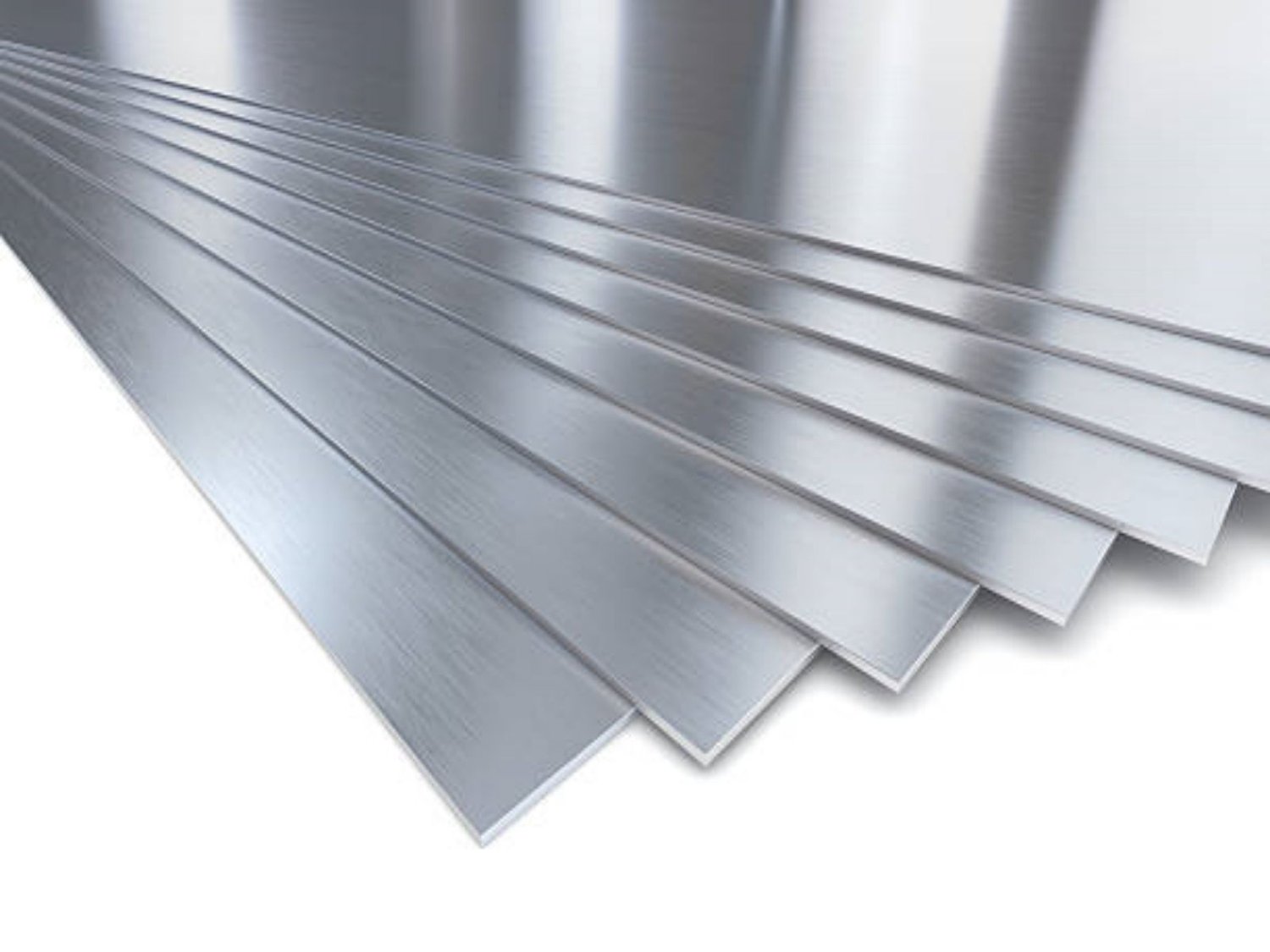Table of Contents

Titanium Plates in Aerospace: A Critical Component or Overrated
The Importance of Titanium Plates in Aerospace
Titanium plates play a crucial role in the aerospace industry, serving as a critical component in various applications. With their exceptional strength-to-weight ratio, corrosion resistance, and high melting point, titanium plates offer unparalleled advantages in aerospace engineering. In this article, we will explore the significance of titanium plates in aerospace and shed light on whether they are truly a critical component or an overrated component.
Unmatched Strength-to-Weight Ratio
One of the primary reasons titanium plates are widely used in aerospace is their remarkable strength-to-weight ratio. Titanium is as strong as steel but only about half its weight, making it an ideal choice for applications where weight reduction is crucial. Whether it's aircraft frames, engine components, or landing gear, using titanium plates allows engineers to design lighter aircraft without compromising structural integrity. This characteristic is particularly vital for fuel efficiency and overall performance.
Corrosion Resistance in Challenging Environments
Titanium plates exhibit exceptional corrosion resistance, especially in challenging environments encountered in aerospace applications. The aerospace industry often deals with exposure to high temperatures, humidity, and various corrosive agents. Titanium's natural oxide layer acts as a barrier, protecting the metal from the harmful effects of corrosion. This resistance to corrosion prolongs the lifespan of aerospace components, resulting in increased safety and reduced maintenance costs.
High Melting Point and Thermal Stability
Another compelling aspect of titanium plates in aerospace is their high melting point and exceptional thermal stability. The melting point of titanium exceeds 1,650 degrees Celsius, allowing it to withstand extreme temperatures experienced during aircraft operation. This property is crucial for components such as turbine blades, where exposure to high temperatures is inevitable. Additionally, titanium plates maintain their strength and structural integrity even under challenging thermal conditions, ensuring the reliability of aerospace systems.
Enhanced Fuel Efficiency
Reducing weight and improving fuel efficiency are paramount in the aerospace industry. Titanium plates contribute significantly to achieving these goals. By incorporating titanium components, aircraft manufacturers can reduce overall weight, resulting in reduced fuel consumption. The lightweight nature of titanium plates enables aircraft to carry more payload while consuming less fuel, making it an essential material for modern aerospace design.
Superior Fatigue Resistance
Fatigue resistance is a critical aspect when it comes to aerospace components. The repeated stress experienced during flight cycles can lead to fatigue failure if the materials used are not capable of withstanding such conditions. Titanium plates possess excellent fatigue resistance, allowing them to endure countless flight cycles without compromising structural integrity. This inherent fatigue resistance translates into enhanced safety and reliability of aerospace systems.
Cost Considerations
Undoubtedly, titanium is an expensive material compared to conventional metals such as steel or aluminum. The high cost of titanium plates poses a significant challenge for widespread adoption in aerospace. However, when considering the long-term benefits, such as increased fuel efficiency, reduced maintenance costs, and enhanced safety, the initial investment in titanium plates becomes a justifiable expense. The aerospace industry recognizes the value of titanium and continues to invest in its utilization despite the higher costs.
Environmental Impact
As sustainability and environmental concerns become increasingly important, titanium plates in aerospace provide an advantage. Titanium is a highly recyclable material, and its use in aerospace applications aligns with the industry's efforts to reduce carbon footprint. Moreover, the extended lifespan of titanium components due to corrosion resistance and fatigue resistance contributes to minimizing waste and reducing the environmental impact of aerospace operations.
Ongoing Research and Advancements
The aerospace industry is constantly evolving, and research and development efforts are continuously underway to further enhance the use of titanium plates. Ongoing research focuses on improving manufacturing techniques, reducing costs, and exploring new alloys and composite materials that incorporate titanium. These advancements aim to push the boundaries of aerospace engineering and solidify titanium plates' position as a critical component in the industry.
Titanium Plates: A Critical Component in Aerospace
In conclusion, titanium plates are undeniably a critical component in the aerospace industry. Their unmatched strength-to-weight ratio, corrosion resistance, high melting point, and thermal stability make them an essential material for various aerospace applications. Despite the higher costs associated with titanium, the long-term benefits in terms of fuel efficiency, safety, and environmental impact justify their utilization. Ongoing research and advancements further reinforce the significance of titanium plates in aerospace engineering. As the industry continues to evolve, titanium plates remain a vital component in the quest for innovation and excellence in aerospace technology.
